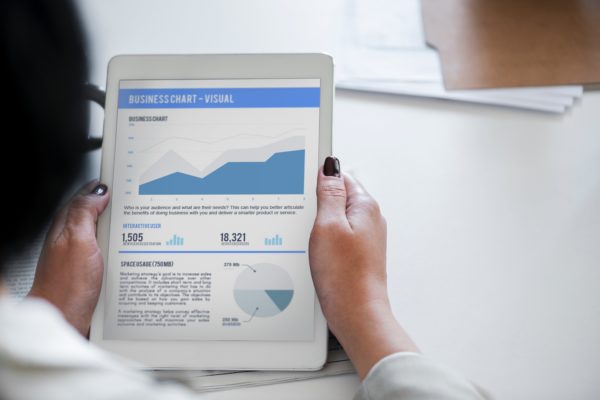Have you given much thought to your web performance? What about testing? Taking the time to regularly monitor and improve your website performance is the best way to create a user experience that’s positive and memorable. We all know the struggle and frustration of a website that doesn’t load quickly or properly, so why would you wish the same on your users?
When first optimizing a website, it’s easy to dwell on visual things like navigation, photos, and design. While these things are undoubtedly important, they’re not nearly as important as the overall website performance.
For example, 47 percent of all consumers expect a website to load in 2 seconds or less. That means your website performance should be a top priority. In this article, will dig deeper to uncover the reasons why your website performance is the key to improving the user experience as well as key tips for doing just that.
The Negative Effects of Poor Website Performance
To make it clearer why web performance is so impactful, let’s take a look at what happens when you have poor website performance. Whether your website loads slowly or doesn’t load correctly, there’s an impact on this on both the search engine side and the user experience side.
Poor SEO
First, your SEO (Search Engine Optimization) will suffer. Google already made it clear that they favor websites with better performance over those that are consistently slow. This is especially true for mobile sites. When you take into consideration that Google drives 96 percent of all mobile search traffic, this is particularly important. Essentially, if your website doesn’t perform well, you’re damaging your own findability.
Lowered Conversion Rate
Customers don’t want to weed through complicated, confusing pages that don’t load correctly. The longer it takes to complete a purchase, the more likely they’ll abandon their cart or head straight to the competition. If this doesn’t make you take action to improve your website performance, nothing will.

Negative User Satisfaction
The goal of your website is to build trust with your users. When your website doesn’t load properly, that doesn’t happen. In fact, just a 1-second delay in page load decreases your overall customer satisfaction by around 16 percent. That’s not something most businesses can afford.
While any one of these negative effects above alone should be enough to make you take action, together they’re a nightmare. It’s always better to be proactive by taking advantage of website performance tools, hosting changes, and ongoing optimizations.
Tips for Improving Website Performance
Now that you understand why your web performance is so essential, it’s time to address methods for making a positive change. Most people know about the importance of caching, but what about some new ways to improve your website load time?
First of all, if you’re experiencing spikes in traffic, it’s time to talk to your host. Your web hosting plan might not be able to handle jumps in traffic or storage, so upgrading to a VPS or a dedicated server might be necessary.
Beyond changing your hosting plan, there are a lot of web performance tools that can be put to good use on your website. Find out more about them here to get started. Beyond that, pay attention to your HTTP requests, the size of your images, and reducing redundant or unnecessary files or pages. All of these small things might seem insignificant, but they really do add up.
As long as you’re being proactive, you’re taking steps in the right direction. Improving your website performance should be a no-brainer, yet many website owners find themselves focusing on aesthetic things that don’t make a huge difference. Your users’ experiences are essential to growing your website, so take them seriously.
- Why Performance Is the Best Way to Improve the User Experience - March 11, 2019
- Easily Create a Data-Driven Company Culture with These Helpful Tips - January 6, 2019
- 5 Tips to Acquire Accurate Customer Data for Your Business - November 10, 2018




Comments are closed.